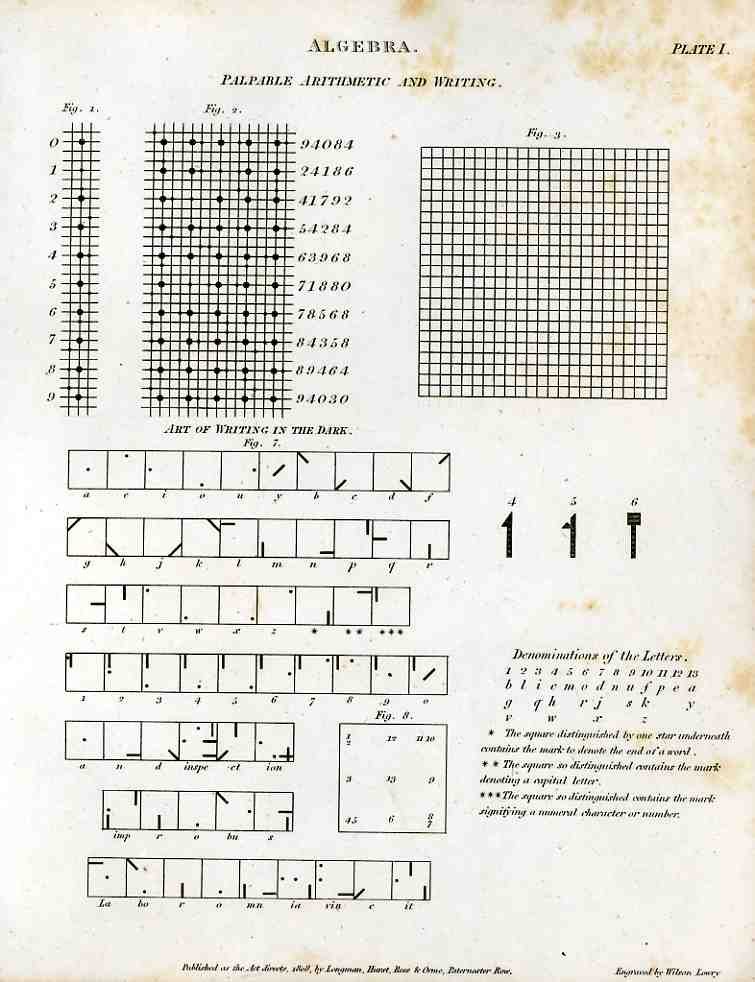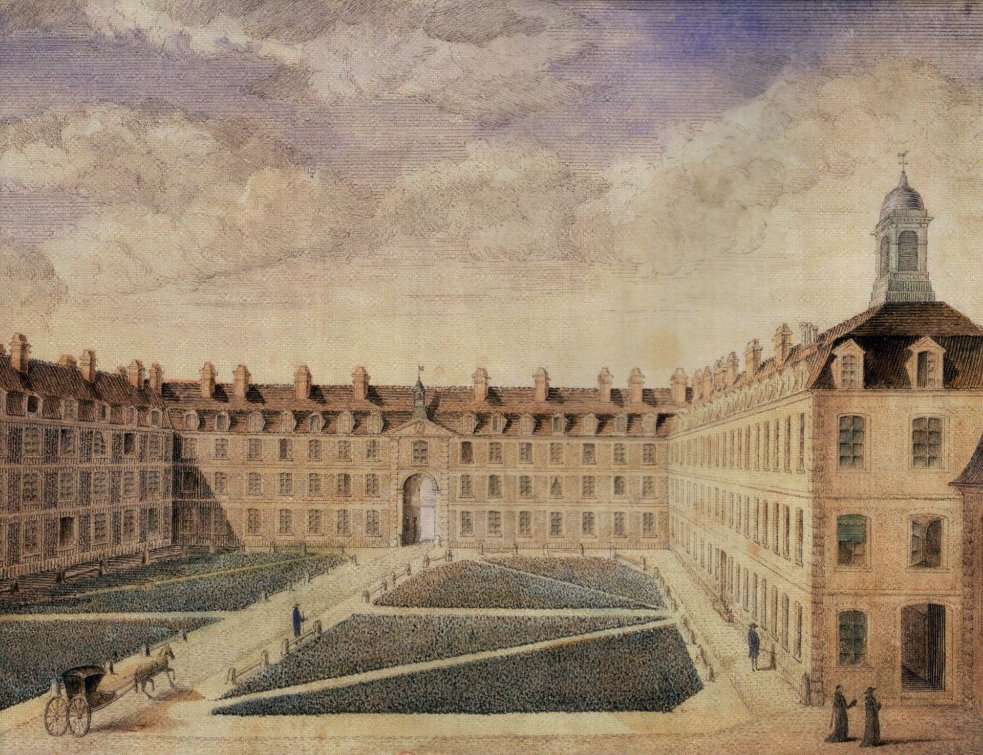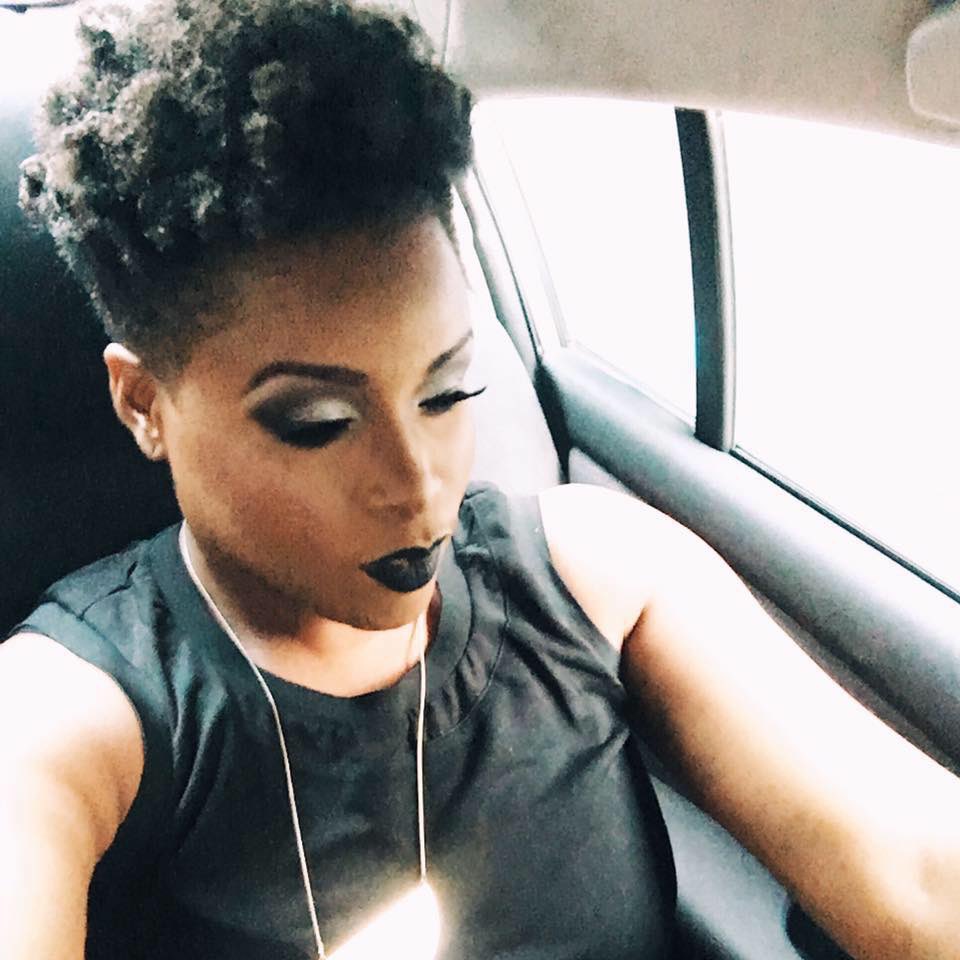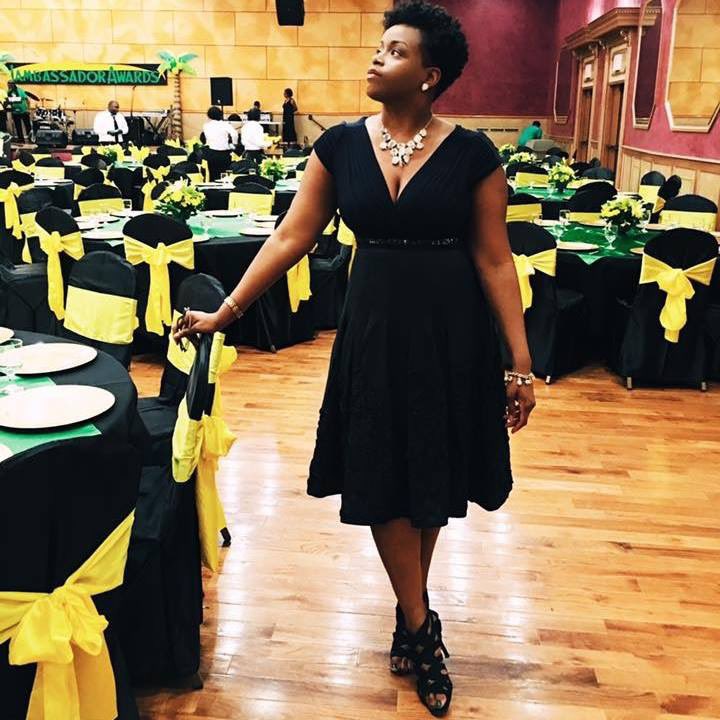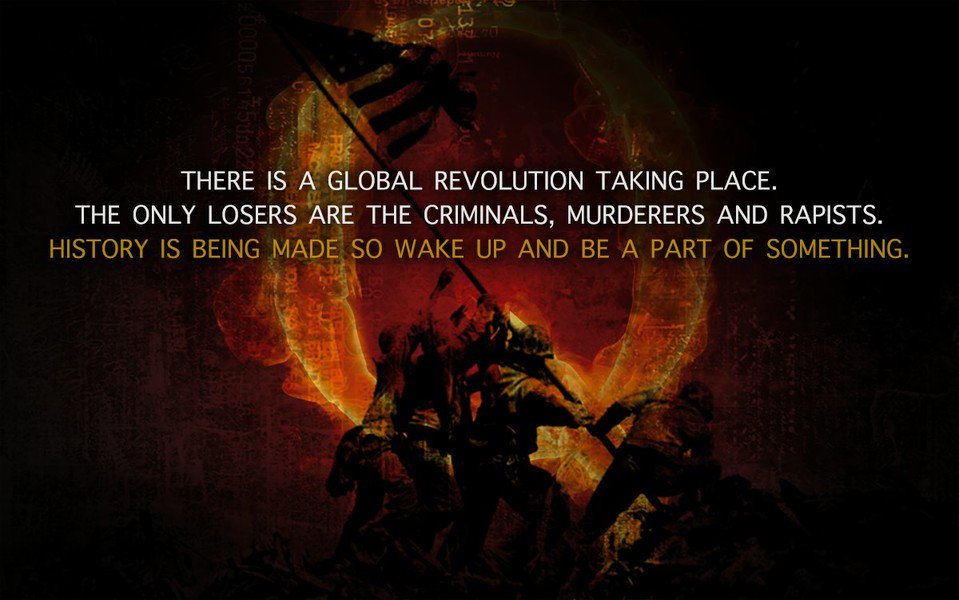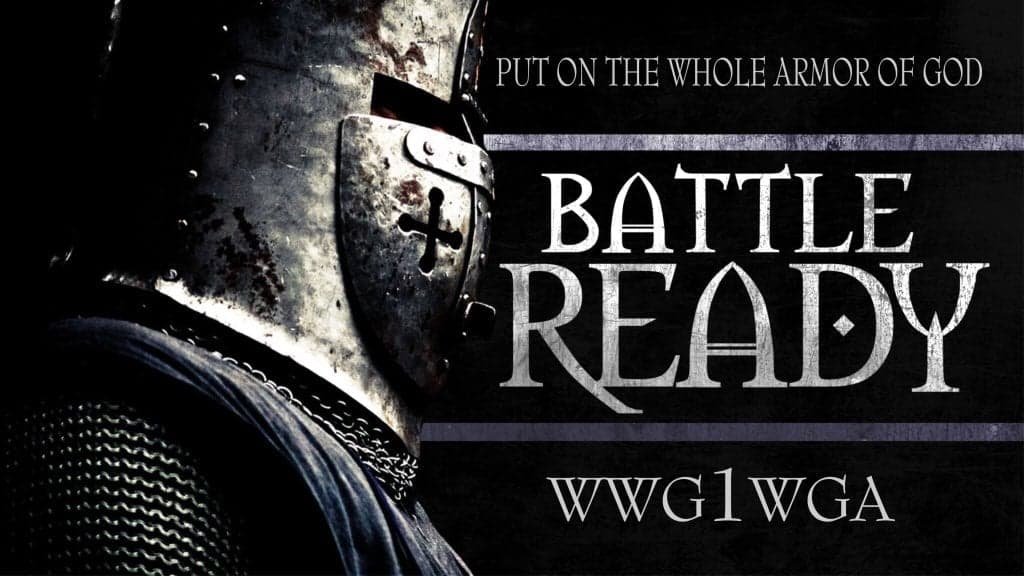There are many laws for the inclusion of disabled (or more specifically, blind and Deaf people), but they have not achieved their aims. Pierre Henri and Pierre Villey, both XXth century blind scholars, explain it by prejudice against blindness.
"paved the way for the state to take on a social problem previously abandoned to the church or individual responsibility" (p.23)
We have fairly extensive sources of the lives of mystic or aristocratic blind people from this century (François Malaval, Jean de Saint-Samson, Blaise François de Sagan, Elizabeth von Waldkirch).
Then came Locke.


